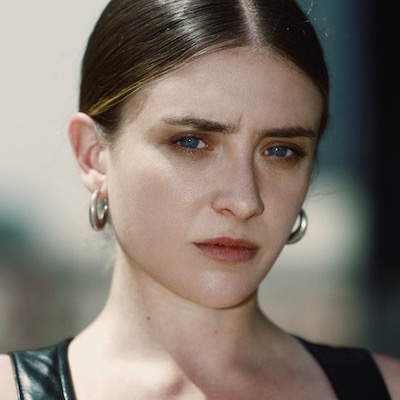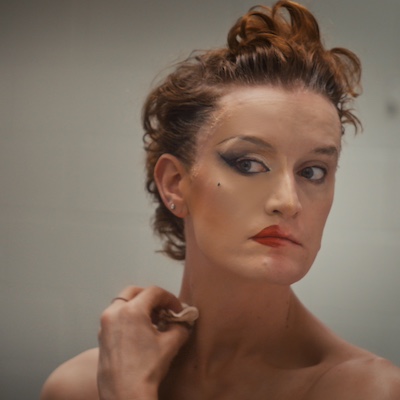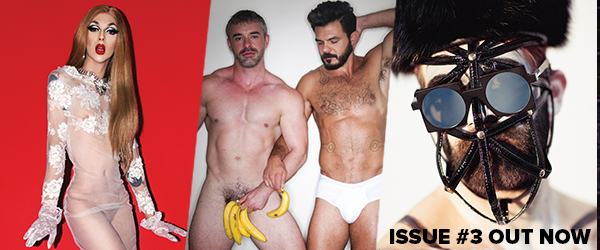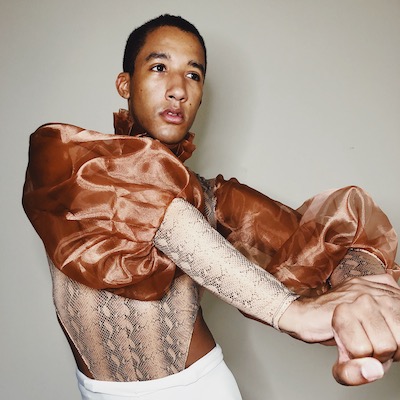
Last week, Harper Watters, a soloist at Houston Ballet, launched his own unitard in association with Elevé Dancewear with sales of the first ten orders going to the It Gets Better Project. This is one of the many ways Harper is constantly working to bring together the things that are important to him to help benefit the communities he is part of.
Whether it be discussing Juneteenth with his 200k+ followers on Instagram or choreo-ing his own balletic spin on the ‘Savage’ dance challenge through his recently registered TikTok account, Harper aims to elevate, educate and entertain!
For our interview, Harper suggested using it as a way to acknowledge Arthur Mitchell, the first openly gay African American principal lead dancer. We discuss parallels between their two journeys, leaving home at fourteen and why the world needs The Real Ballet Boys of Houston.
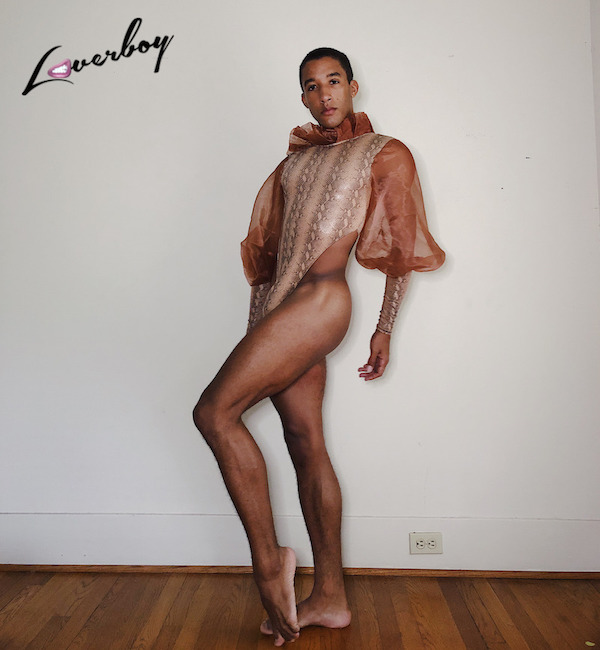
So, listen, Harper, first up I have to say thank you for getting me through a difficult few months with your IG/TikTok dance videos – specifically Beychella ‘Everybody Mad’.
Yes! ‘Everybody Mad’ is my favourite dance break and I think TikTok has been one of my Top 3 saviours of quarantine. I am always thinking about how I can cross-collaborate with ballet, to make it more mainstream and accessible.
I was initially apprehensive of the app because all the younger dancers in our company were doing it and I was like, ‘Oh I don’t get it. I think it’s excessive. I’m sticking with Instagram!’
But then at the beginning of quarantine, someone remixed that audio of Cardi B saying ‘Coronavirus!’ and I posted a dance to it on my Instagram. Then everyone told me I had to post it on TikTok so I thought, ‘Fine! I’ll give the people what they want!’ And now I am officially hooked.
Yes. Feed the children! So whereabouts are you right now?
I’ve been here in Houston ever since quarantine began. My family live in New Hampshire but I moved to Houston when I was sixteen to train. But even before that I had gone away to boarding school.
No way, I was a boarder too! Do you have good memories of it?
My school was like the Eutopia of Gay. Before that I had been going to school in Maine and I was the only Black student there. There was a small dance studio that the girls from my school went to. That was really my safe haven. That’s where I was full Harper.
The summer between my freshman and sophomore years, I came out and was terrified of returning to my school in Maine. I was obsessed with pop culture and knew that there were people like me dancing in musical theatre and the Arts. So I forced my parents to drive down to Boston so I could audition for Walnut Hill School for the Arts. It was less of a need to be a dancer and more of a need to be accepted. I loved it there.
It’s been interesting because with the Black Lives Matter uprising taking place, I’ve actually stepped into a new role there – Inclusivity & Diversity Chair for the Alumni Board. I had been working with them so closely that I wanted to continue that work.
Speaking of Black Lives Matter and Education. Tell us about the image you’ve chosen to recreate for us…
The idea started when I went to New York and was invited to go to the Leslie-Lohman Museum of Art. The first thing they showed me was this picture of Arthur Mitchell that they had in the archives. Arthur Mitchell was the first African American openly gay principal dancer. He danced for New York City Ballet. The portrait has always spoken to me and I had always been so moved by it. Before the uprising of BLM and the murder of George Floyd, I was already intending to highlight queer Black voices and legends whom I think are not known about enough within the LGBT community. So I wanted to recreate Arthur’s portrait with a twist. I then reached out to Matthew Reisman to design the garment and spoke with Edward Granger who had already created the perfect backdrop.
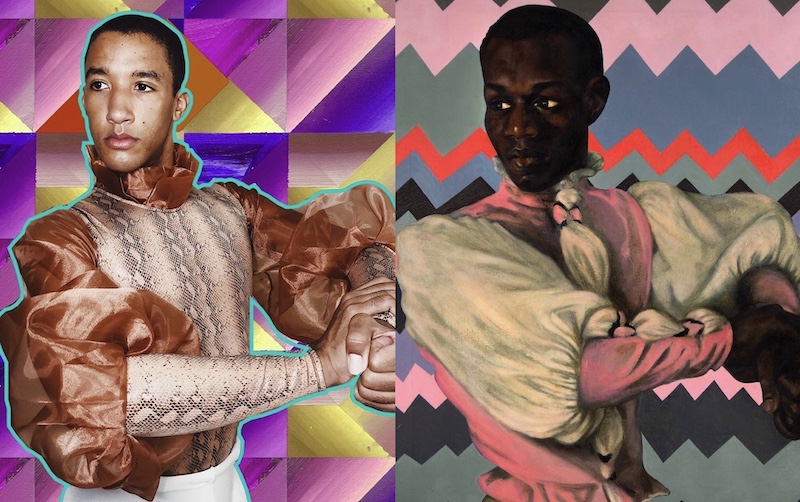 Photography: Harper Watters / Wardrobe: Matthew Reisman / Design: Edward Granger
Photography: Harper Watters / Wardrobe: Matthew Reisman / Design: Edward Granger
How has your own personal journey compared with that of Arthur Mitchell?
If anything I think I am able to be a dancer because of him. I really stand on his shoulders for what he did and what he overcame. Although I think he probably had it way harder to be honest. I know stories of him leaving the theatre and people screaming various slurs at him or people not going to his shows because he was a dancer of colour.
Also things moved slower then. There was no social media. When I think of the amount of people who knew when Misty Copeland became the principal dancer for American Ballet Theater, that just wouldn’t have happened in Arthur’s time.
I also wanted to say thank you for posting your conversation with your Dad, who is white, about current events. It really helped me think about my own position.
Over the years I have made friendships with a lot of activists. I also work with people who are from the Mid-West, who have never uttered a word on the topic of racial issues, but have supported me in being my own individual, fabulous self. Having this platform, I felt like I had a duty to guide people who know me. I said to my company, ‘You guys are all allies. But right now you have to make the step into becoming an activist.’
I turn to my Dad for everything. He was a politician, now he’s a senator. He motivates me every day to stand up and use my voice but he is white and I was curious to know how he, as a white man, fights for people who are not white. I think that if the people I know, see me and my Dad talking about it, it could be a way for them to dip their toe in the water.
Now, whether it’s being incorporated into Tik Tok videos or workout classes at the gym. Ballet seems to be more popular than ever right now. Why do you think that is?
Ballet is very niche. It has this elite element to it and companies want to tap into that. I also think it is a result of more ballet dancers posting content on social media. We have platforms now to share ourselves much more easily. But as it becomes more mainstream, I just hope that the pay check does so too!
Say it louder for the people at the back! How has this popularity affected the type of dancers that are now coming up through the ranks?
There’s always the discussion as to whether social media is good for dance. I think the most important thing is for dancers to have confidence and to feel like they can make mistakes and not be judged. Kids who use social media have that confidence. I like it for that.
With the BLM uprising we are having to evaluate who is at the front of the room and make sure our teachers are upholding the high quality of dance and also the open-mindedness and the ability to be accepting.
If you have the confidence that social media brings combined with the attention to detail of who is at the front of the room, that can only benefit the next generation of dancers.
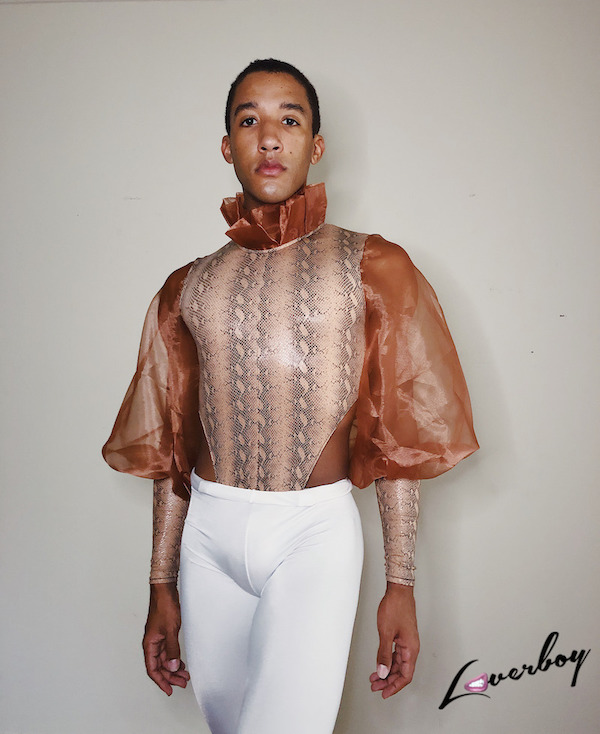
Which role that you have performed, has stayed with you after finishing the run?
That’s a hard question. I tend to prefer plotless roles, that don’t have a story. Then I am able to say, ‘Look, this is me, Harper.’ But ballet is so antiquated with its characters, it’s always male to female, every male is always this bravura, cheating, condescending misogynist man and the woman is this frail ‘love me’-type character. But we just did The Merry Widow, and my character, Camille is French, witty and humorous but also sort of dumb and slow. There’s this romantic pas de deux at the start of Act II which ends with a kiss – and I was petrified. But it challenged me to bring what I have learned as Harper. I was so happy that I had the opportunity to tackle it and prove people wrong…or at least prove something to myself.
I always enjoy your Pre-show videos too.
Thank you. I cringe when I see the normal depiction of ballet in the movies or on TV. It’s this cut-throat, highly dramatic industry. So with The Pre-show, I am trying to offer a new perspective of me, my friends, the people I interact with – and it’s still classical ballet. We’re laughing, there’s no bitchiness. I was really hoping a network could pick it up and turn it into a web series. I am obsessed with the real Housewives, so I was thinking of The Real Ballet Boys of Houston. That would be the full dream.
Let’s put that energy out there. And speaking of putting energy out there, I love that you always mention Beyonce in interviews. If you had one question to ask her what would it be?
I always think about what I would say….and I’m not going to say if, I’m going to say when I meet her. My degrees of separation with her are narrowing! I think I would ask her to come to the ballet. I think she has probably been asked a million questions but I don’t know how much she has been asked about the ballet.
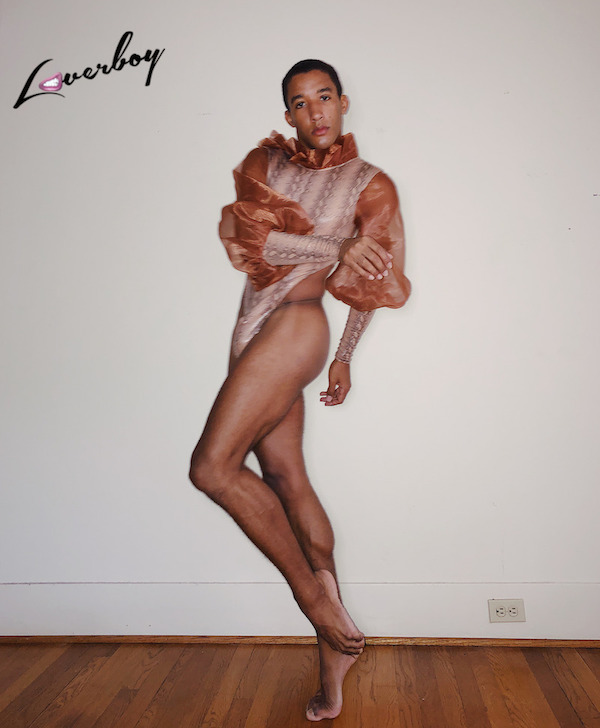
My favourite Beyonce album is B’Day. My theory is that people were not ready for her to be so Black then. So after B’Day she made music that was more palatable to a white audience and is now in the Blackest era of her career.
As an artist who is trying to create and sell things maybe she felt like she had to make herself more white or be more appealing to that end of the demographic. But with ballet I feel the exact same way. When I step into the studio I am the only Black person. There are now three Black people in our company, a company of sixty-five. I’ve been told, ‘Oh you have to change your hair for this ballet.’ Even before Houston Ballet – at my high school, I was told ‘Oh you should try out for the Dance Theater of Harlem because this is a company with Black people as a forward facing image.’ I accepted things like that. I tried to dress a certain way. I would try and speak a certain dialect. But that’s just me responding to what I thought was right. Now that I’m older, I’ve learned more, I embrace my Blackness, I embrace my Queerness. I think it’s really a reaction to the systems that we are all in which is the bigger system of racism.
Finally we are named after the iconic Mariah Carey song. What is your favourite Mariah song?
Oh my God. I feel like it’s too gay to say ‘All I Want For Christmas Is You’. But that was my first Mariah song I heard when I went to my boarding school!
www.theharperwatters.com
Follow Harper on Instagram / Facebook / Twitter / YouTube




